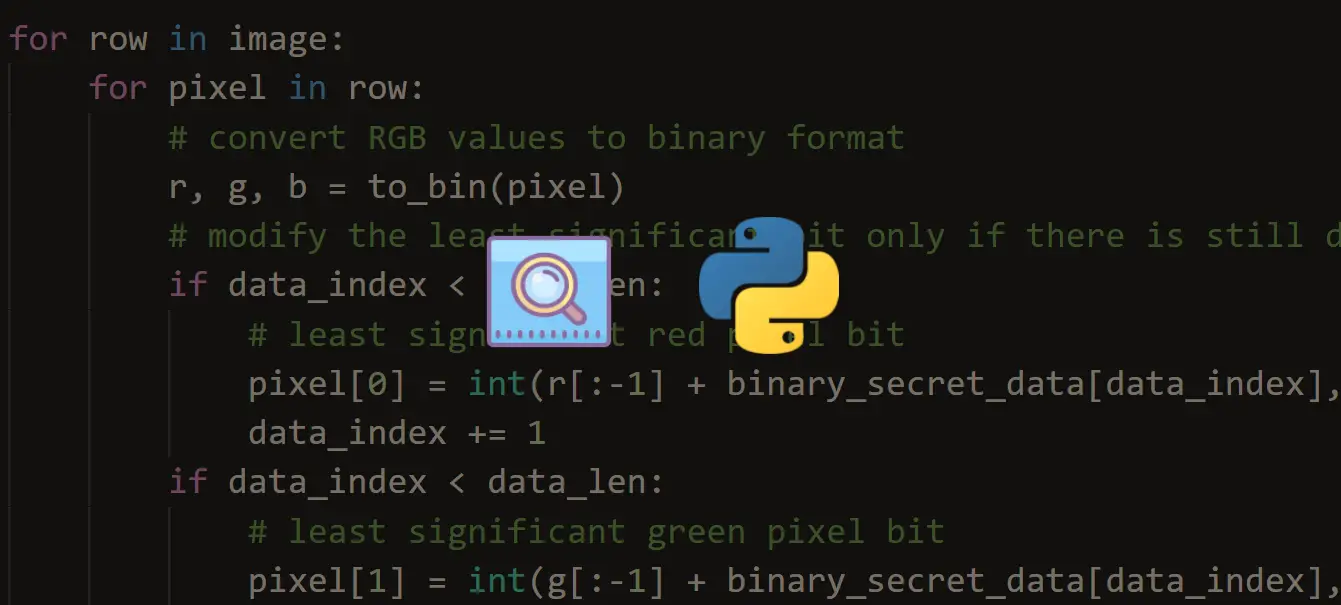lxml and Requests¶
Python web scraping tutorial (with examples) Mokhtar Ebrahim Published: December 5, 2017 Last updated: June 3, 2020 In this tutorial, we will talk about Python web scraping and how to scrape web pages using multiple libraries such as Beautiful Soup, Selenium, and some other magic tools like PhantomJS. Manually Opening a Socket and Sending the HTTP Request. Loading Web Pages with 'request' The requests module allows you to send HTTP.
lxml is a pretty extensive library written for parsingXML and HTML documents very quickly, even handling messed up tags in theprocess. Can you download disney plus on mac. We will also be using theRequests module instead of thealready built-in urllib2 module due to improvements in speed and readability.You can easily install both using pipinstalllxml andpipinstallrequests.
Let’s start with the imports:
Learn how to perform web scraping with Python using the Beautiful Soup library. ️ Tutorial by JimShapedCoding. Check out his YouTube Channel:https://www.yout. How to scrape a website that requires login with Python. I’ve recently had to perform some web scraping from a site that required login. It wasn’t very straight forward as I expected so I’ve decided to write a tutorial for it. For this tutorial we will scrape a list of projects from our bitbucket account.

Next we will use requests.get to retrieve the web page with our data,parse it using the html module, and save the results in tree:
(We need to use page.content rather than page.text becausehtml.fromstring implicitly expects bytes as input.)
tree now contains the whole HTML file in a nice tree structure whichwe can go over two different ways: XPath and CSSSelect. In this example, wewill focus on the former.
XPath is a way of locating information in structured documents such asHTML or XML documents. A good introduction to XPath is onW3Schools .
There are also various tools for obtaining the XPath of elements such asFireBug for Firefox or the Chrome Inspector. If you’re using Chrome, youcan right click an element, choose ‘Inspect element’, highlight the code,right click again, and choose ‘Copy XPath’.
After a quick analysis, we see that in our page the data is contained intwo elements – one is a div with title ‘buyer-name’ and the other is aspan with class ‘item-price’:
Knowing this we can create the correct XPath query and use the lxmlxpath function like this:
Web Scraping Python Tutorial

Web Scraping Python Example
Let’s see what we got exactly:
Web Scraping Python Beautifulsoup
Congratulations! We have successfully scraped all the data we wanted froma web page using lxml and Requests. We have it stored in memory as twolists. Now we can do all sorts of cool stuff with it: we can analyze itusing Python or we can save it to a file and share it with the world.
Web Scraping Python
Some more cool ideas to think about are modifying this script to iteratethrough the rest of the pages of this example dataset, or rewriting thisapplication to use threads for improved speed.
